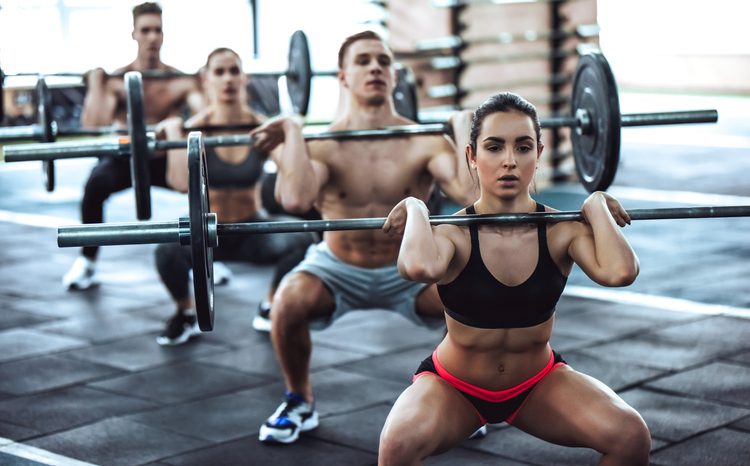What is muscular activation?
What are muscular activation exercises all about ... and why should triathletes be doing them?
 Photo by:
Getty Images
Photo by:
Getty Images
The human body is a complex machine. This is obvious once we realize that running, an activity that most of us have been doing since we were very young, requires the careful coordination of muscles from almost every part of our body. These muscles make sure that we are moving forwards and manage the forces we generate while running so that we stay upright. They also spread the load of running across the body. The ability of our body to activate muscles in the correct proportion and sequence to execute these complex movements provides us with incredible versatility in the movements we can execute. When this coordination fails, we run into problems. Muscular activation exercises are one way to help “prime” our body to move in an optimal way and avoid these problems.
But wait, you say, isn’t each muscle responsible for a specific movement at a specific joint? If you want to flex your arm to do a bicep curl you need to use the bicep, right (hence the name)? This is the way many of us learn that the human body moves – each muscle moves a joint in a specific way and you get complex, or compound movements, by combining the action of many different muscles. However, even for a movement as simple as the bicep curl, if we only think about the goal of the movement as to move a weight from waist height up to shoulder height, then there are many ways to do this. You could flex your biceps and curl the weight to shoulder height, you could flex the arm only a bit and then use the shoulder muscles to torque the whole arm up, or you could even lift the elbow straight up to the side of your body with the wrist hanging down below elbow height in more of a “rowing” motion. Each of these ways of getting the weight from waist to shoulder height is going to stress different muscles and different joints, and not necessarily in sustainable ways. This is where you can run into problems.

Related: Functional Strength Training Routine for Triathletes
Great, you say, some ways of getting a physical job done are better than others. That’s not news, and besides, what does this have to do with triathlon or with muscular activation? Well, running, swimming or biking are all much more complicated than just lifting a weight from waist height to shoulder height. If we apply the above analogy to these movements, we can imagine that there are all sorts of ways to swim, bike and run, with various patterns of muscular use. You may have seen a number of these movement patterns at your local triathlon club. Some of these will be good and effective for certain people. Some will not. Some will place unusual loads on parts of the body that will not be sustainable in the long run. Placing unsustainable loads on the body leads to injury, or limits performance at the very least. This is where muscular activation exercises come in.
Muscular activation exercises will help prepare the body to execute movements in a better way for your body. This might make the movement more efficient, more comfortable, more powerful, more sustainable or all of the above. If you are having pain or discomfort with a movement, using some muscular activation exercises and establishing a better pattern can help break you out of a movement rut that may be cause you problems.
Unfortunately, muscular activation exercises can not be prescribed with a “one-size-fits-all” approach. The pattern you use to execute a movement will depend on your exercise and activity history, injuries you may have sustained, other postures and movements you do as part of your life (i.e. do you sit for long, uninterrupted stretches or push and carry things all day for work?) and your body’s natural tendencies. A practitioner knowledgeable in the area, such as a skilled personal trainer, chiropractor, physiotherapist or other sports science professional, can help identify movement patterns that could benefit from a change and muscular activation exercises that could help do that.
Changing the way we move is not easy, especially when it comes to long established patterns that we might not even be aware of. However, making these changes can pay off by increasing your efficiency and decreasing your injury risk. If you want to be in the sport for a long time, it makes sense to learn to move in the best way possible for your body. Muscular activation exercises can be one tool to get you there.
Darian Silk is a triathlon coach and Clinical Exercise Physiologist based in Toronto. Read more about Darian here or email him at darian@teamatomica.com. You can also check out his TrainingPeaks profile here.
